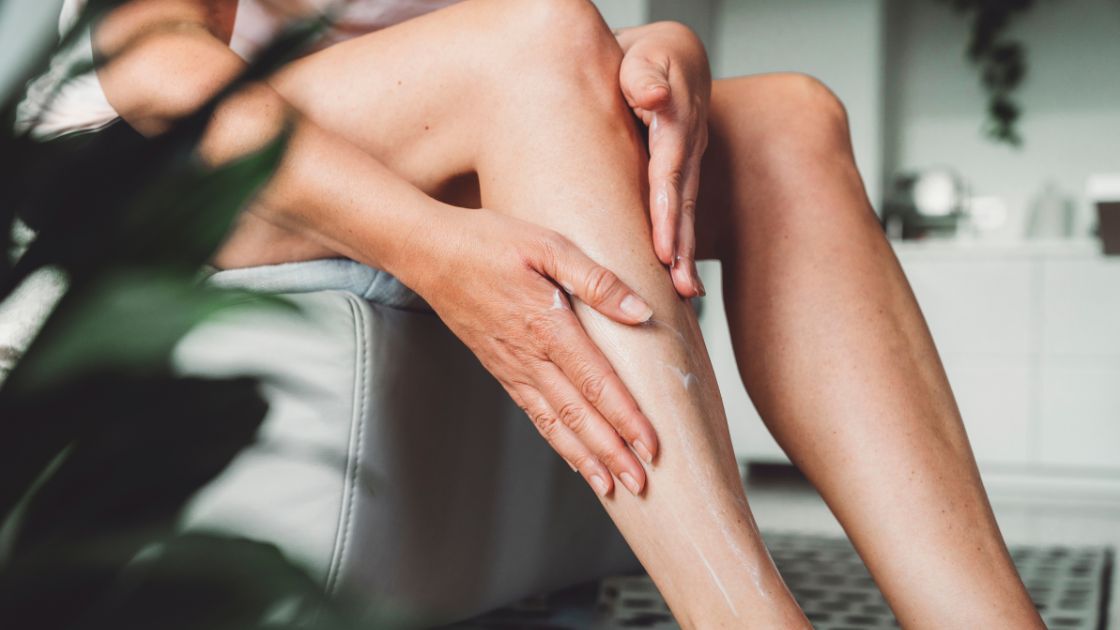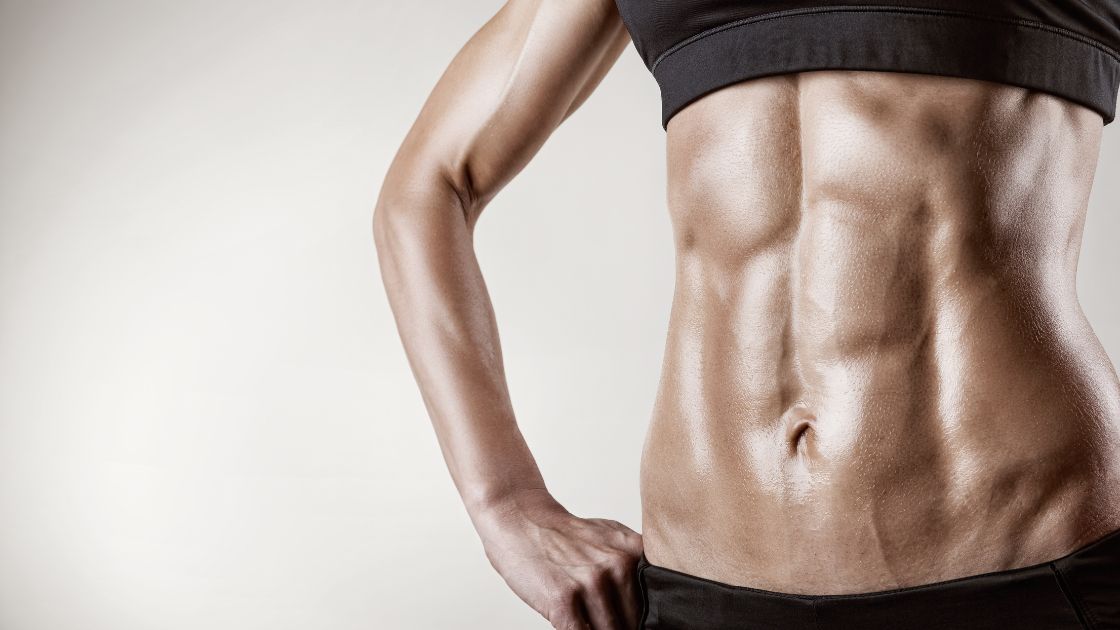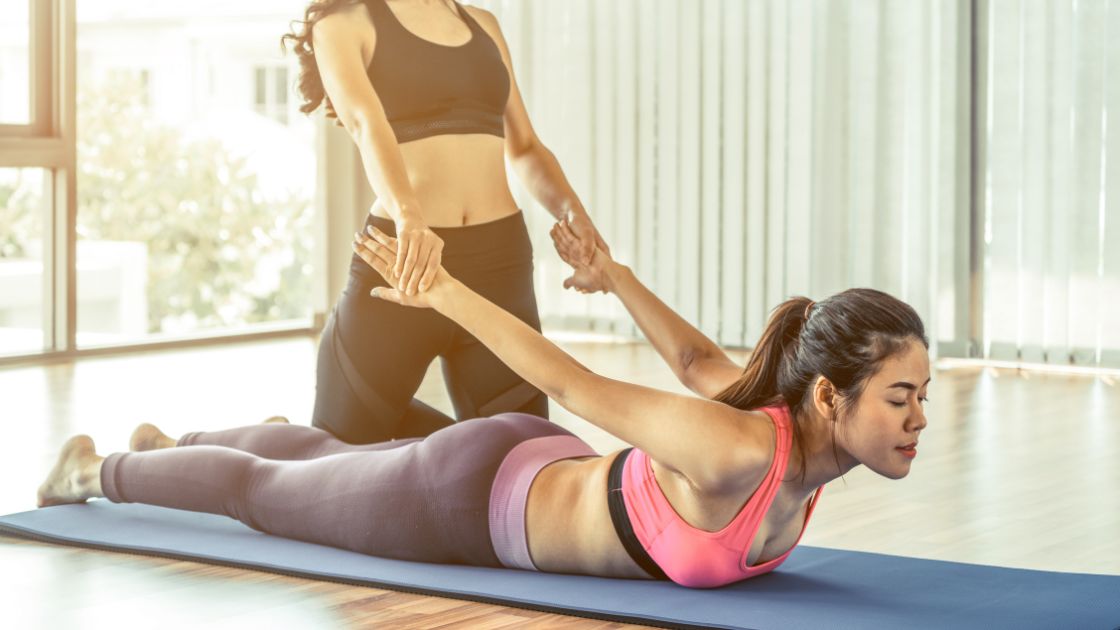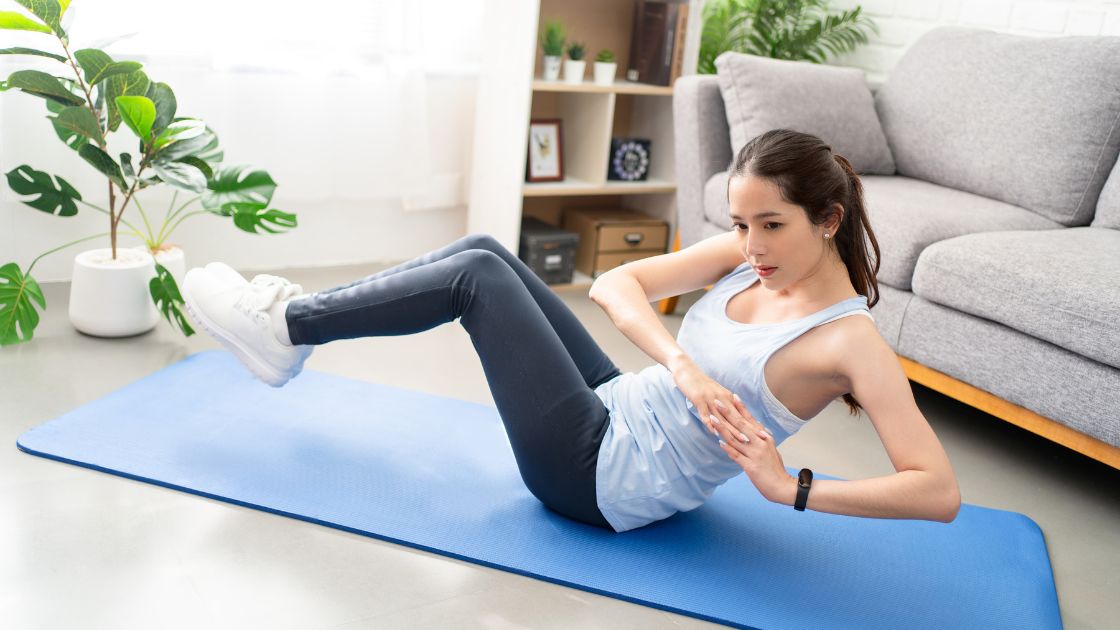Sunshine and Coronavirus
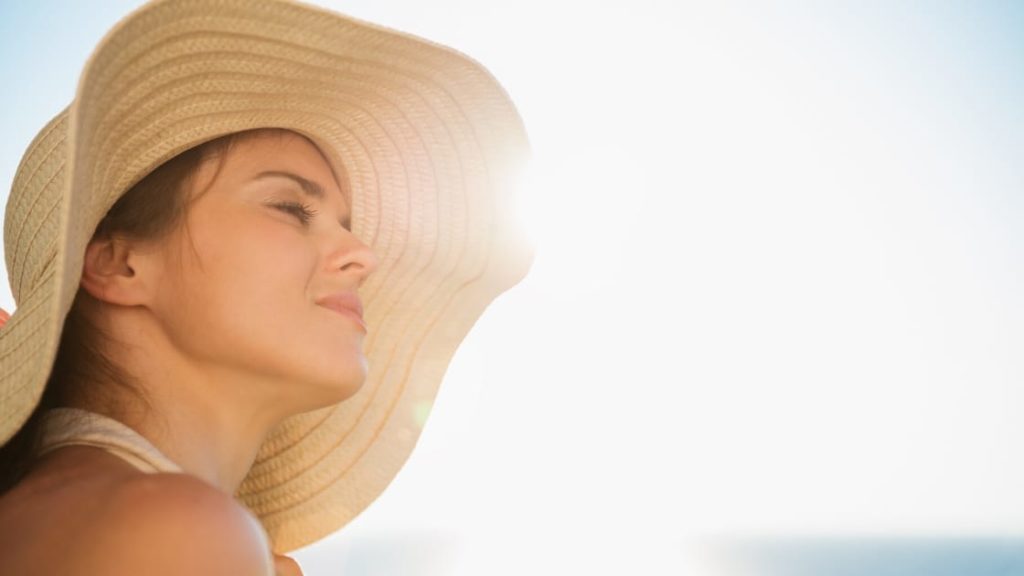
Have you gotten your day’s worth of vitamin D yet? Assuming Denver isn’t being weird and having a late spring snowstorm, all you need to do is step outside! Let that sunshine fall on your face and sink that precious vitamin into your skin!
“Nah, I’m good,” you may say, slumped on your couch with a game controller in one hand and a bottle of D supplements in the other. “You told me not to leave my house four blogs ago, remember that?”
Yeah, I remember that. And I also had some good things to say about the supplements in my last blog “Vitamin D and Coronavirus”. But there is a better way to obtain your vitamin D, and it’s from a healthy dose of sun exposure. And restrictions are loosening up, so go get that sun!
“Nah,” you say again, chomping your D-fortified cereal bar, “This is the easier way, and therefore the better way.”
Well, let’s make something clear. No matter how you obtain your vitamin D, the most important thing is that you’re actually getting it. So good on you for eating it! But there’s a difference between the edible vitamin D and the sunshine’s vitamin D. The one you’ll find in the sunshine can only be absorbed by the sun. We have yet to discover a way to harvest it from the rays and inject it into a pill. And this sunny vitamin D offers benefits that our food and supplements don’t hold up to.
So let’s talk about sunshine and coronavirus and how to get sunshine in a healthy fashion! But first, let’s talk about why the sun’s version of D is so great.
Vitamin D2 vs Vitamin D3
Vitamin D is a fat soluble vitamin that aids in calcium absorption, bone growth, and immune system functioning. If you’re unfamiliar with the two types of vitamin D, they are ergocalciferol (D2) and cholecalciferol (D3). D2 is found in plants, whereas D3 is found in animal products or obtained from the sun. D3 is considered the better form of vitamin D, as it is metabolized more effectively by the liver and raises vitamin D blood levels more efficiently.
One could argue that ingesting animal products over plant-based foods can provide the same benefits as the sun, as they both produce vitamin D3. True, you’ll get your D3 from animal products, but the nutrient from the sun has two very important differences: it’s impossible to overdose, and it improves mood.
You can say that people are solar powered, since we rely on sunlight to produce vitamin D and our bodies won’t make more than is necessary. Our bodies know when to stop, just like a battery that’s fully charged. This isn’t the case with ingesting fat soluble vitamins, which can lead to an overdose if taken in large amounts. (But that doesn’t mean you should just go all out with the sun exposure! Read the rest of the article first!)
Have you ever visited the Northwest from the months of September to June? Yeah, you’re lucky if you’ll catch a glimpse of the sun during any of those months. (July is beautiful though! That’s when to visit Portland!) Seriously, the clouds aren’t even in the sky; they’re sitting on your lawn, in a blinding fog. For that reason, seasonal affective disorder is a big problem out there. All the more reason to appreciate the 300 days of sunshine you get in Colorado!
Alright! Now you know why sunshine is superior to animal products! But, as is common knowledge, sun exposure does come with risks. So how can we do it healthily?
How to Get Sunshine Safely
Wear Sunblock
This is the easiest way to protect yourself from the sun’s rays.
And don’t just wear sunblock, know what to expect from your sunblock. Not all sunscreens are created equally, and some people have adverse reactions to chemicals. Sunscreen allergies are uncommon, but they do exist. Sunblocks with natural ingredients are the healthiest choice, just know they’re a little hard to rub in. I don’t know about you, but I’d rather have some visible sunblock on my skin than a nasty burn!
Remember to reapply every two hours!
Time Yourself
What is the ideal amount of daily sunshine? Well, it differs from person to person. Your skin tone is the biggest factor, and so is the time of day.
Here’s a surprise: pale people don’t handle prolonged amounts of sunshine as well as those with darker complexions. Yeah, my ghost of a husband will burn in 15 minutes if he’s not careful. If you have fair skin, your body will produce vitamin D much faster than other skin types — which is great and all, but you’re also at higher risk for burning! You’ll only need 10 to 15 minutes of sun to get adequate levels of vitamin D. But if you want to be out longer, be cautious. Apply sunblock 30 minutes before and after exposure, and make sure you always have some with you when you’re out and about! Reapplication is extra important for the pale.
If you have a dark complexion, you can healthily extend your suntime and don’t necessarily need sunblock as soon as you leave the house! During high UVI hours, a pale person can burn in a matter of minutes. But if you have dark brown or black skin, you can enjoy those same hours with little to no worry, as you won’t be at risk until two hours in. But still try to be on the safe side and apply sunblock earlier than that. And take advantage of that time you have, as dark skin can take anywhere from 40 minutes to nearly two hours to produce adequate vitamin D!
And if you’re somewhere in between pale and dark, you can slice the burn time and vitamin D production time down the middle. Olives like myself take about an hour to burn sans sunblock, and 20 to 30 minutes to produce the ideal amount of D3.
Cover Up
It’s always a good idea to bring a hat and sunglasses, but especially if you’re going to spend an unknown amount of time in the sun. For example, you took the wrong path on the hiking trail, turning a shaded one-hour hike into a sun-drenched four hour hike. Just always assume that will happen on your next hike and bring a neck-covering hat!
Track the UV Index
UVImate is an app I just downloaded! It lets you know the UV index at all times, which can be hard to gauge on your own. Did you know that heat doesn’t have much of an impact on the UV index? It can be pretty cold outside, but that sun can still attack your skin if the UV is high and you’re unprotected!
It’s best to get your sun during the lower UV hours. High UV usually takes place from 12:30 to 3:30. Getting your morning and evening sunshine might be the healthiest way to go about!
Hey, remember when I talked about timing your sun exposure? With the UVI app, you can know just how long you can hang in the sun without being harmed! Based on the time of day and your skin type, it will let you know just how much sun you need and when to reapply sunblock! It’s pretty cool!
Hydrate
Please, don’t cook yourself. Take in the vitamin D and those mood-boosting chemicals, but keep yourself alive while doing so. If you can’t sweat, you can get heat exhaustion or heat stroke. So drink, drink, drink!
You know what to do!
The sun is your good friend, but it can hurt you by accident! Have some quality time with it every day, but protect yourself from its unintended harm.
Written by: Katrina Jenkins, LMT
Photo credit: Canva
Resources:
https://onlinelibrary.wiley.com/doi/pdf/10.1111/nbu.12172
https://www.ncbi.nlm.nih.gov/pmc/articles/PMC3356951/

